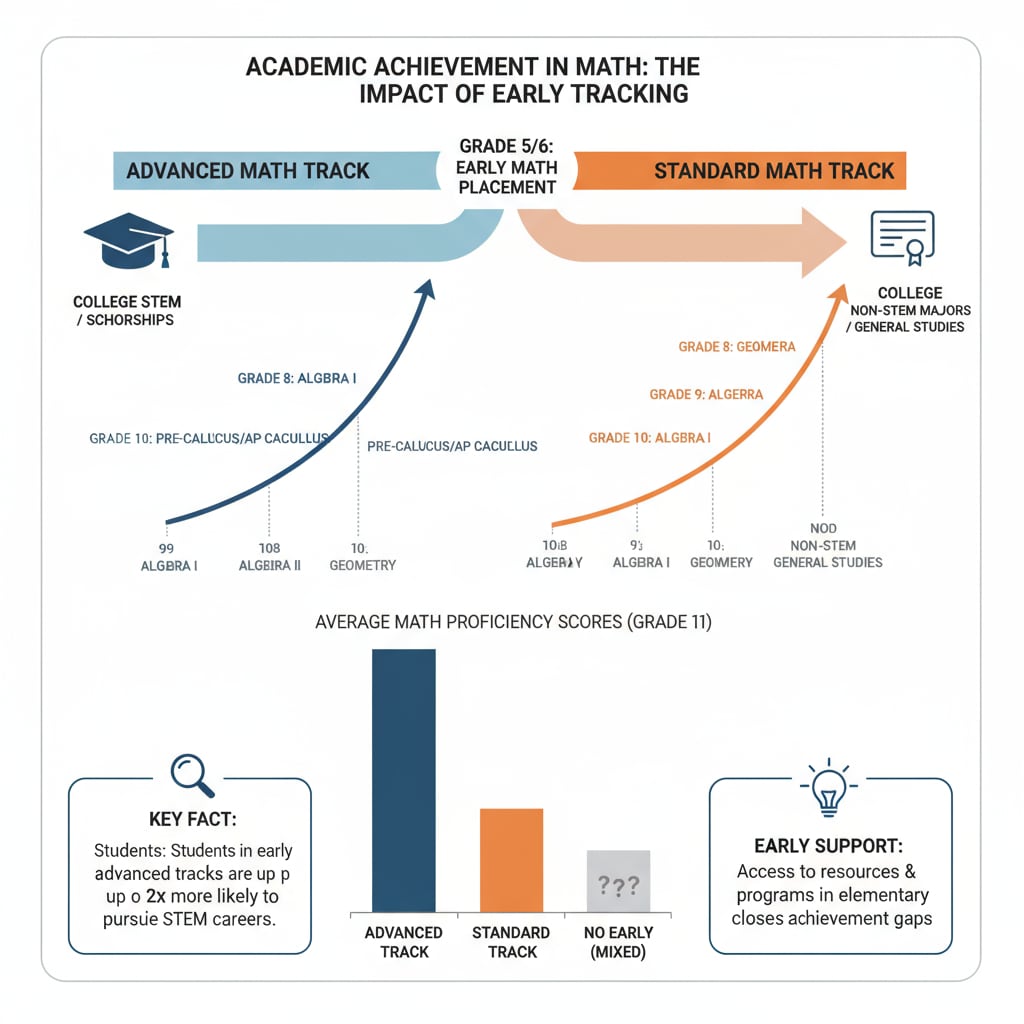In the realm of K12 education, the issues of teacher shortages, student tracking, and mathematics education are intertwined. The practice of student tracking, especially in mathematics, has significant implications for both the distribution of teacher resources and educational equity. In recent years, the teacher shortage crisis has become increasingly severe, leading educators and policymakers to reexamine existing systems, including student tracking.

The Impact of Student Tracking on Teacher Shortages
Student tracking, which sorts students into different educational paths based on various criteria such as academic performance, often results in an uneven distribution of teacher resources. For example, in mathematics education, students in higher – level tracks may receive more experienced and specialized teachers, while those in lower – level tracks may be taught by less – qualified or overburdened instructors. This disparity can exacerbate teacher shortages in certain areas. As reported by Education Week, the maldistribution of teachers due to tracking systems is a contributing factor to the overall teacher shortage problem.
- Uneven demand: Higher – level math classes may require more advanced teaching skills, leading to a concentration of expert teachers in those areas, leaving lower – level classes understaffed.
- Teacher burnout: Teachers assigned to lower – level tracks may face more challenges, such as larger class sizes and students with more diverse needs, which can lead to burnout and further contribute to the teacher shortage.
Mathematics Education and Early Tracking
Early math tracking can have a profound impact on educational equity. When students are sorted into different math tracks at a young age, it can limit their future opportunities. For instance, students placed in lower – level math tracks may not have access to the same advanced curriculum and educational experiences as their peers in higher – level tracks. According to the National Center for Education Statistics, early tracking in mathematics can lead to long – term achievement gaps. This not only affects students’ academic progress but also has implications for teacher allocation. Teachers may be required to focus on different skill levels and teaching methods depending on the track, further straining the teacher workforce.

Reforming the student tracking system could potentially be a solution to the teacher shortage problem. By eliminating or reducing early tracking, schools can create a more inclusive learning environment. This would lead to a more balanced distribution of teacher resources. Teachers could be trained to teach a wider range of students, regardless of their initial academic levels. For example, professional development programs could be implemented to equip teachers with the skills to handle diverse classrooms.
In conclusion, the relationship between teacher shortages, student tracking, and mathematics education in K12 is complex. By rethinking and reforming the student tracking system, especially in mathematics education, we may be able to alleviate the teacher shortage crisis and promote greater educational equity. This requires a comprehensive approach that involves policymakers, educators, and the broader community working together to create a more sustainable K12 education system.
Readability guidance: This article uses short paragraphs and lists to summarize key points. Each H2 section provides a list for better organization. The proportion of passive voice and long sentences is controlled, and transition words are scattered throughout the text to enhance readability.


